An introduction to Strength Training for MMA

Strength training, has a range of benefits that I don’t need to discuss here. Strength training for MMA athletes has many benefits such as enhanced mobility, injury prevention and performance enhancement.
This is a vast topic that has multiple layers, therefore we will look at aligning some basic fundamentals and their underlying physiological concepts as well as debunking some myths and misinterpretations. Once you’ve grasped the fundamental concepts and applications you can venture further down the route of specificity.
Surprisingly, there is a lack of strength training in combat sports at the amateur levels. I gather not everyone can afford a performance coach, are commercial gyms and typical PTs of much use to an athlete…..questionable.
However, what is stopping you from educating and applying yourself to enhance your own knowledge.
Strength Training VS Bodybuilding
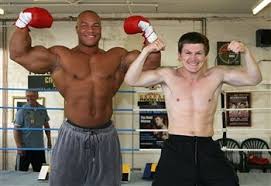
Phil Heath (7 x Mr. Olympia winner) posing with Ricky Hatton (British former professional boxer multiple time world champion at light-welterweight).
First off, let’s clear things up by addressing the fact that STRENGTH training is NOT Bodybuilding, for some reason people perceive and associate the visualisation of strength training as someone loaded with muscle mass doing bicep curls or tensing a bicep. You also hear the old sayings of “Weights will make you slow”, “You’ll lose your touch” and even once I had been told “Don’t put on muscle, it’ll just make you heavier and be harder to make weight”.
False.
Let’s look at a bodybuilder, the most renowned one, Arnold schwarzenegger. While an admirable character for his feats and what he did for bodybuilding, never boxed nor fought in MMA- so why would he have any speed ? When he trained specifically for bodybuilding- muscle mass, symmetry and definition then went onto a stage to pose in front of judges, a task which doesn’t challenge any aspect of athleticism.
He didn’t place any demand on his body, outside that of what he trained for. This brings us back to the Momentum slogan “Train with purpose, not habit”. Therefore it is the demands you place on your body that result in specific results. The fundamental principle of all training is “SAID”- Specific adaptations to imposed demands.
We MUST impose specific demands upon the body to achieve the desired outcome.
Some basic definitions
- Strength, The ability of a muscle or muscle group to exert force.
- Power (aka speed strength), The ability to exert force quickly. (Power = Force x Velocity)
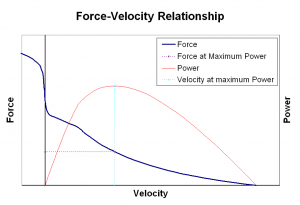
Simply put, don’t confuse powerlifting for power. When compared, Olympic lifting has a much higher power component than that of powerlifting due to the greater velocity required in Olympic lifting even though powerlifting, typically, requires greater exertion of force.
In all sports there is an element of acceleration (of the body itself or an implement (hurley, tennis racket etc)). In sports performance, the ability to apply force quickly is deemed to be one the most desirable attribute of most sports.
Exercise Selection and load are major factors to develop power. Any of Momentum Performance’s clients have heard and seen the force velocity curve, we’ve identified their optimal loads (worked out from the offset as a percentage of their estimated maximal force output) and exercise types (to mechanically replicate the stimulus of their specific demands) to be performed during that phase of training.
Before any of this though, I assign my athletes to a categorisation in which most, if not all, begin as a stage 1 athlete, starting with a general training phase, in which a lot of technique/control work is performed to assure safety and ensure athletes understand the concepts behind their training.
Periodisation, the systematic process of sequencing and integrating training interventions to achieve peak performance at appropriate time points.
A skill in itself, periodisation and planning has many aspects and is a fundamental basis for all coaches. There are multiple theories, models and variations in periodisation across many sports, it is up to the coach to determine and decide which model fits which sport/athlete best. However, the concepts remain consistent throughout.
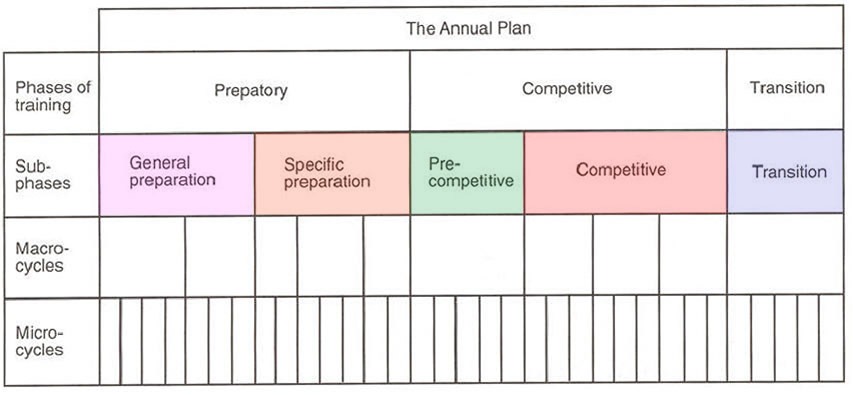
Combat sport athletes typically don’t have a “Season” but know in advance of when they are due to compete and what events are coming up, so the concept is the same.
I want you guys to acknowledge that training needs to be both planned and periodised to maximise efficiency and cause a positive response, check out these training response curve and periodisation curves below.
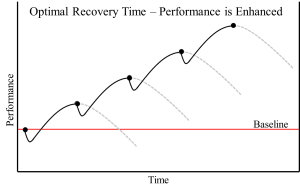
Therefore, we can understand that the typical “Train harder!!!” approach simply does not cut it and in fact can be harmful to performance.
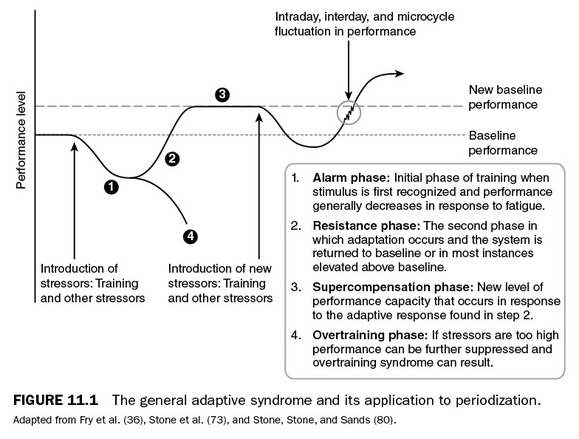
Energy system pathways of MMA
How does all of this apply to MMA?
MMA is a complex sport in both mechanical and metabolic terms due to the nature of the sport being both interactive, and multidimensional in terms of tasks opposed to a “singular” objective sports such as 100m sprint (run 100m as fast as possible) or shot put (throw the weighted ball as far as possible) etc,etc.
Without getting overly technical there are three different energy systems. Each provides us with ATP (Adenosine triphosphate) think of ATP as the cellular currency for energy in the body. Each has different properties and capabilities to supply us with energy.
- ATP-PC (instant stored energy- Anaerobic).
- Glycolytic (Anaerobic).
- Aerobic.
To go any more in-depth would call for an article in itself so, we’ll go down that avenue another time.
Below is a table giving us the application of these energy systems to MMA.
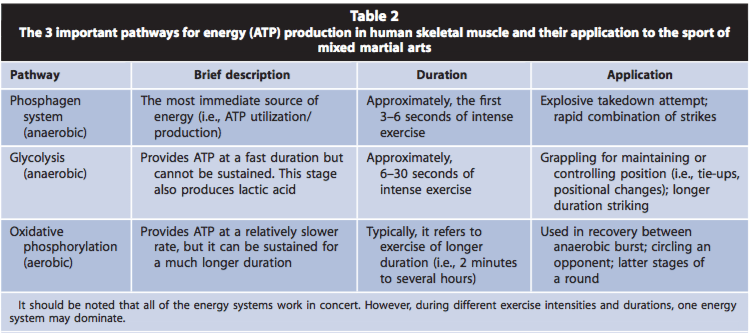
Think of your own training camp, does it replicate these concepts, are you getting the most out of your training.
What we see
Typically, mindless exertion into exhaustion with little to no understanding by coaches on the underlying concepts aside from the Drill sergeant who gets kicks out of people’s echoes of “I’m exhausted”, “I can’t do anymore”, “I’m going to puke” QUEUE theme music and the rehearsed any given Sunday speech, and thus thinks He/She is doing a great job.
These combat sport athletes deserve better. Every athlete is different and require different paths to improvement. It is the coach’s job to identify improvements required within an athlete, tailor the program to enable the desired outcomes and achieve enhanced performance. Instead of sticking to the run of the mill circuit style training, if this worked there would be no need for specialists in human performance.
Don’t just train hard, train smart.
The finish line sprinters !!
Like cramming for an exam, people often step up the intensity as the fight draws closer. More running, more strength training, more rounds, more padwork, more sparring. But more is not more.
“Failure to prepare……..” comes to mind, as an interactive sport, MMA often leaves a lot to be said for training camps and training methods. Maybe you performed to JUST 60% of your capacity and your opponent performed to 90% of his/hers, but you won because your 60% is better than their 90%. So are you really performing to your full capacity ?
Finally, I want to highlight that strength and conditioning training is NOT a replacement for any technical or tactical training of any sport. The idea behind S&C is to augment the skill set and enhance performance of an athlete.
To conclude:
- Train with purpose and not habit (this is the idea behind Momentum Performance)
- Identify demands of both the sport and athlete.
- Consider fighter’s style, strengths and areas that require improvement.
- Specific adaptations to imposed demands.
- Preparation is key.
- Make weight gradually, there is nothing worse than a fighter doing a water cut and thinking it’s okay- because it is all part of the usual process ? right ? WRONG. I won’t go on too much about water cutting, check out the article on that here.
I hope you enjoyed this introduction to such a dense topic. I will address more of the sport specifics down the line. Such as the physiological profile of high-level strikers and grapplers, the common attributes and differences of both and training considerations for each as well as practical applications.
Please like, share and ask any questions to info@momentumperformancecork.com or message us on Facebook or Instagram.
